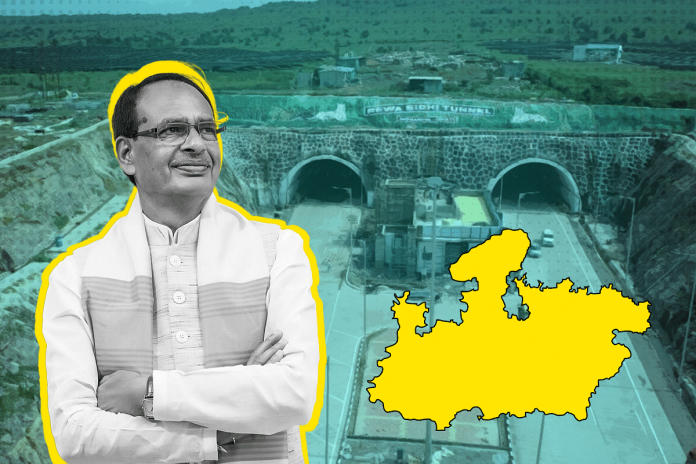December 2022 saw a significant milestone in the Rewa division of Madhya Pradesh, marked by the inauguration of the country’s very first six-lane twin aquaduct tunnel, establishing a vital link between Rewa and Sidhi.
This impressive engineering feat spanning 2.28 kilometres, along with a 13-kilometre four-lane bypass road, not only symbolises substantial progress but also underscores the continuous commitment of both state and central authorities towards the growth of Madhya Pradesh’s Vindhya region.
Spearheaded by the Chief Minister Shivraj Singh Chouhan, this project is an integral part of a broader strategy aimed at fostering holistic development across the diverse regions within the state.
The Rewa division is situated within the Vindhya region, a traditionally defined plateau that around the Vindhyachal ranges in central India. This division includes areas such as Sidhi, Satna, Singrauli, and others.
These regions have nurtured numerous aspects of great potential and cultural significance.
Singrauli houses several mining industries, and Sidhi possesses abundant natural resources, including the district-draining Son River and coal deposits that play a pivotal role in supporting major industries nationwide.
Located in the northeastern part of the state, sharing borders with Uttar Pradesh, Chhattisgarh, these areas also carry agricultural economic potential.
Despite their cultural and agricultural significance, the regions have experienced a lack of development during the previous government’s legacy tenure over the Churhat district.
Over the past years, the current state government and leadership have actively redirected their focus and resources towards advancing the area, with a strong commitment to realising the region’s potential and improving the well-being of its residents.
According to a statement by Chief Minister Shivraj Singh Chouhan, the region has seen investment proposals worth Rs 2,88,000 crore, the highest after Indore in the recently concluded investor meet in Indore.
He emphasised, “This is a great gift not only for Rewa but for the entire Vindhya region. This investment will provide employment opportunities to over 1,50,000 people in the area.”
‘One-Of-Its-Kind Tunnel Connecting Rewa-Sidhi’
The state’s longest tunnel, constructed in a challenging terrain, was completed six months ahead of its four-year schedule, costing approximately Rs 1,004 crore.
Structures where a tunnel passes beneath a canal or a canal passes beneath a tunnel are known as aquaducts.
Two canals from the Bansagar dam, one of Madhya Pradesh and the other of Uttar Pradesh supplying water to Varanasi and nearby areas, converge at the tunnel. Engineers had limited permission to work as irrigation in these areas is dependent on it.
The impressive project was inaugurated by Nitin Gadkari, Union Road Transport and Highways Minister, with Chief Minister Chouhan.
With this project, Gadkari emphasised their commitment to sustainable development and the coexistence of humans, nature, and wildlife. He highlighted that the bypass includes a twin tunnel designed to ensure uninterrupted movement for wildlife in the forest.
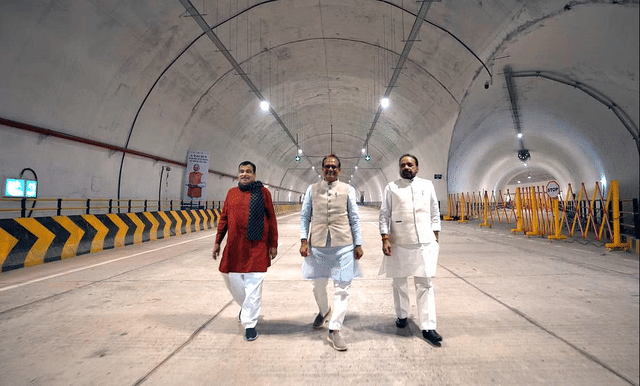
Additionally, a suitable number of underpasses have been integrated to enhance road safety and decrease the likelihood of accidents.
In his address to the gathering during the inauguration of the tunnel, Gadkari announced that with the completion of the Churhat tunnel and bypass, the distance between Rewa and Sidhi has been reduced by 7 kilometres.
This means that the travel time, which was previously two and a half hours, has now been significantly shortened to just 45 minutes. Additionally, crossing Mohania Ghat will now only take four minutes, a remarkable improvement from the previous 45-minute duration.
This tunnel, a first-of-its-kind in India, features facilities like optical fiber linear IT detection system, fire safety equipment, cameras, and phone facilities every 200 metres.
Public booths are available every 300 metres, with interconnected tunnels allowing U-turns for vehicles. Moreover, 46 exhaust systems are in place for temperature control and ventilation.
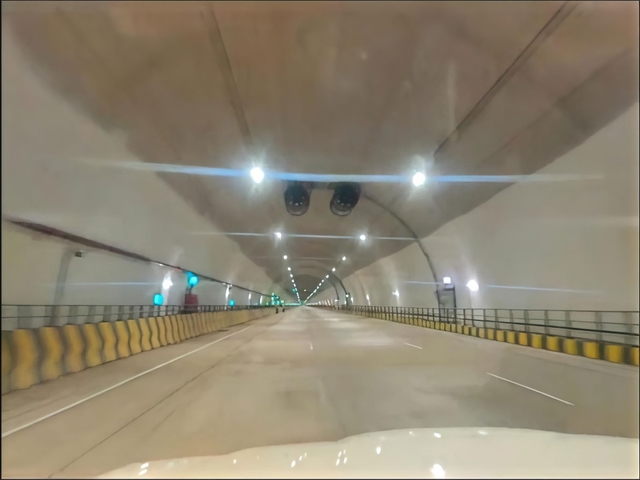
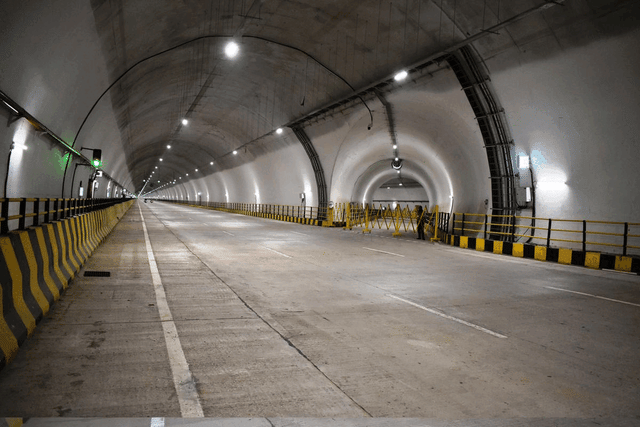
In addition to the tunnel, numerous national highway projects worth Rs 2,444 crore are in progress in Rewa, Madhya Pradesh, covering a total length of 204 km.
Among these projects is the development of a four-lane road connecting Satna and Bel, which will facilitate easier connectivity for the coal, cement, and diamond industries in the region.
Furthermore, the construction of the Devtalab-Naigarhi road aims to enhance connectivity between Rewa district and Prayagraj and Varanasi in Uttar Pradesh.
Tapping The Potential Of The Region
The improved road infrastructure aims to unlock a multitude of economic opportunities in a culturally rich region which is characterised by tribes, forests, and tourism potential.
Prasoon Srivastava, an independent climate and rural development expert, points out, “These developments can tap into the region’s cultural and economic richness to enhance local livelihoods, leveraging tourism, commerce, and industries,” while raising the question of why such progress was not undertaken in earlier years.
He adds, “Sidhi serves as a gateway to various tribal regions inhabited by Gond, Bhil, Baiga tribes in eastern Madhya Pradesh. It is also home to two national wildlife parks — the Sanjay-Dubri Tiger Reserve and Son Gharial Sanctuary.”
The series of developments for the region’s growth also includes the establishment of Asia’s largest solar park and the commencement of the airport construction process.
On 15 February this year, Chief Minister Shivraj Singh laid the foundation stone for the Rewa Airport in Chorhata, a significant step to enhance air connectivity in northeastern Madhya Pradesh. The ceremony was attended by Union Minister for Civil Aviation Jyotiraditya Scindia.
Chouhan expressed, “Vindhya and Baghelkhand are ready for the flight of development today, the years-old dream of the Vindhya region is going to come true.”
He added, “Vindhya region will see rapid development after the airport is opened.”
He also highlighted the existing road infrastructure in the area and the vast industrial potential, which will bring forth new employment opportunities.
The state cabinet has granted approval for the acquisition of 246 acres of private land and sanctioned compensation totaling Rs 206 crore for the landowners.
‘Asia’s Largest Ultra Solar Power Park In Rewa’
Further in the ambitious series of projects aimed at creating global value, is the Rewa Solar Project, which covers an expansive 1,500 hectares of land in Gurh tehsil of Rewa district, spanning five villages in the Barseta area.
This project began production in 2018 and achieved its full 750 MW capacity in 2020. On 10 July, 2020, Prime Minister Narendra Modi dedicated this solar power plant, the largest in Asia, to India.
Given India’s transition from fossil fuels to clean energy, the Rewa solar plant is expected to significantly contribute to this mission.
This 750 MW project is among the world’s most substantial solar initiatives and has been providing affordable and clean electricity to the Madhya Pradesh Power Management Company (MPPMCL), the state-owned distribution company, and the Delhi Metro Corporation Limited (DMRC).
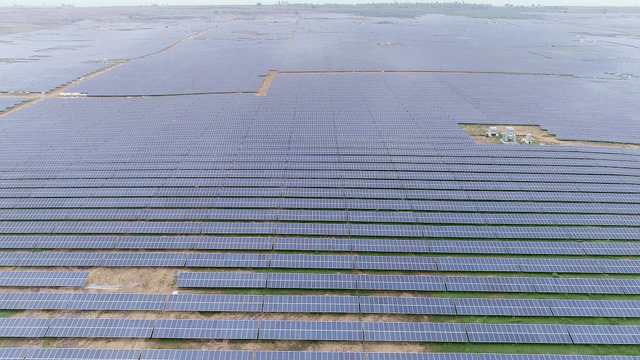
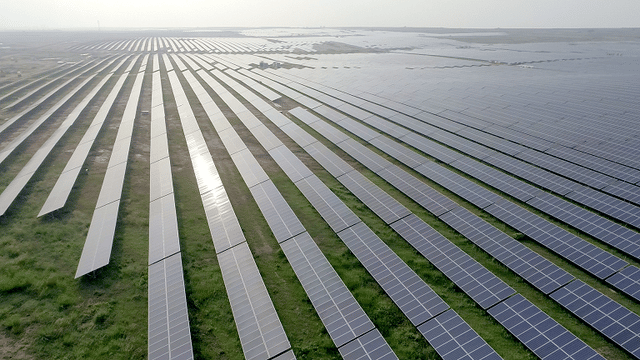
As per reports, the DMRC will purchase 363 million units of power annually from this project, with the remaining power being acquired by the MPPMCL.
The Rewa Solar Project was established through a collaboration between the Solar Energy Corporation of India (SECI) and Madhya Pradesh Urja Vikas Nigam Limited.
The project has been developed by Ultra Mega Power Limited (RUMPL), a joint venture between SECI and MPUVN.
The Madhya Pradesh government had issued global tenders for its construction. The bidding process attracted a total of 20 companies, including six international firms such as Engie (France), Enel (Italy), Sembcorp (Singapore), SoftBank (Japan), and Arinsun (Mauritius).
Recent studies indicate that this solar power plant is expected to reduce carbon emissions by up to 15 lakh tonnes per year, contributing significantly to environmental sustainability.
The park is the first and only solar initiative in India to receive funding from the ‘Clean Technology Fund’ at a remarkably low rate of 0.25 per cent over 40 years. Additionally, it’s the sole solar park in India to secure a concessional loan from the World Bank.
With a focus on generating affordable energy, the plant aims to benefit a wide spectrum of society, including the rich, poor, farmers, and indigenous tribal communities in the state.
The solar park has been intended to provide clean energy for households, while also supporting the growth of industries and commerce in the emerging Rewa region.
The state government government is now trying to replicate the project implementation success in three other locations in the state.
The Ministry of New and Renewable Energy has endorsed its transaction structure as a model for other states to emulate.


